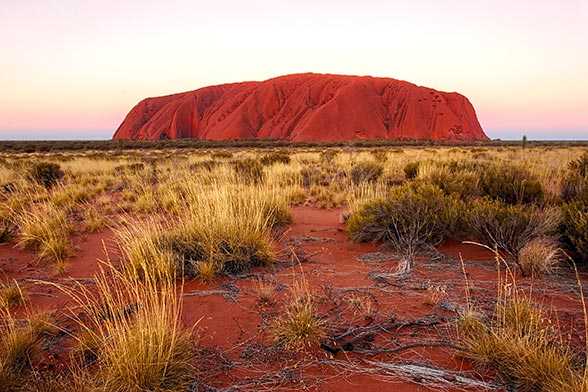The Unofficial Top 10 Sacred Places in Nature (Part 2)

5. Crater Lake, Oregon
Formed by the collapse of Mount Mazama around 7,700 years ago, the awe-inspiring Crater Lake is sacred to the Native American Klamath tribe, who believe its deep, startlingly blue waters resulted from a battle between the sky god Skell and the god of the underworld, Llao.
Although no rivers flow into or out of it, it is the deepest lake in the US; and the caldera’s steep sides have long been used for tests of endurance, stamina and other spiritual pursuits, by both the Klamath Tribe and others interested in Native American spirituality. Others come to hike, fish or scuba dive.
4. Mount Sinai, Egypt
St Catherine’s Monastery is the starting point for ascending Mount Sinai (2,285 m / 7,497 ft), where Moses is said to have received the Ten Commandments from God. Though little archaeological evidence yet supports this, the mountain is revered by Christians, Muslims and Jews.
The monastery, a UNESCO World Heritage Site, has a long history and is connected with rulers including the Emperor Justinian, Mohammed the Founder of Islam and Empress Catherine of Russia. It is possibly the oldest working Christian monastery in the world. At the mountain’s summit is a mosque and a small Greek Orthodox chapel, along with exceptional views.
Experience an uplifting adventure thanks to organised local tours.
3. Adam’s Peak, Sri Lanka
At 2,243 m (7,359 ft) tall, Adam’s Peak is a conical mountain known for the Sri Pada (‘sacred footprint’), a 1.8 m (5 ft 11 in) rock formation near its summit. For Buddhists, this is the footprint of Buddha; for Muslims and Christians, that of Adam or St Thomas; and in the Hindu tradition, it is the footprint of Shiva.
Six trails lead to the summit and pilgrims climb most often between December and May (when weather conditions are at their best), aiming to reach the summit at sunrise when the magical sight of the mountain’s shadow is seen across the surrounding plain.
2. 88 Temple Circuit (The Shikoku Pilgrimage), Japan
The especially energetic or devout may wish to visit each of the 88 temples on the Japanese island of Shikoku on foot, but be warned, the 1,500 km route can take around six weeks to complete and dangers include snakes, strenuous climbs and inhospitable weather in the remoter, unsheltered areas.
However, it’s possible to travel by tour bus, taking in all 88 temples, a number equal to the evil human passions laid down in Buddhist doctrine. The circuit traditionally begins in Tokushima and most pilgrims travel clockwise, returning to the first to officially complete the pilgrimage.
1. Uluru, Australia
One of Australia’s most famous landmarks and a UNESCO World Heritage Site, Uluru (or Ayers Rock) lies in the Uluru-Kata Tjuta National Park. It’s a sacred place to the Anangu people of the Pitjantjatjara Aboriginal tribe, who still carry out ceremonies and spiritual rituals here today. Their ancestral paintings decorate the rock’s 335 m (1,100 ft) high sides, around its 9 km (6 mi) circumference.
It’s technically possible to hike to the top, but the Anangu ask that people don’t do so, or even photograph certain areas, out of respect for their beliefs, as the path crosses a sacred Dreamtime track.
Discover Uluru Rock and the amazing Uluru-Kata Tjuta National Park with the help of guided tours.